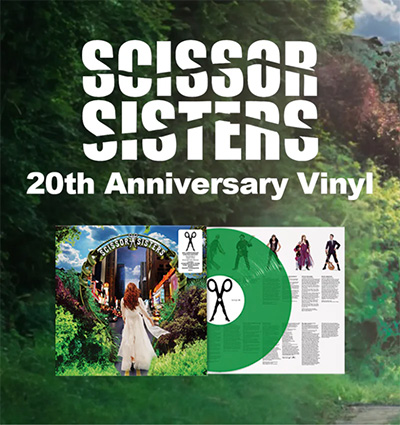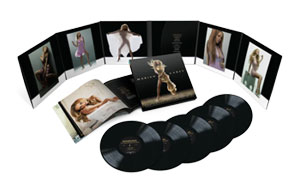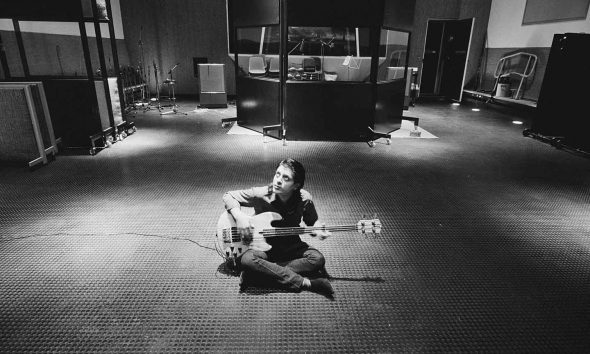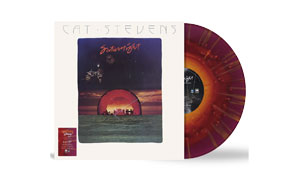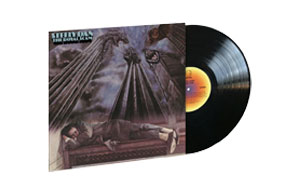‘Norma Deloris Egstrom From Jamestown, North Dakota’: Peggy Lee’s Capitol Bow
The album brought the curtain down on the iconic jazz singer’s long relationship with Capitol Records.
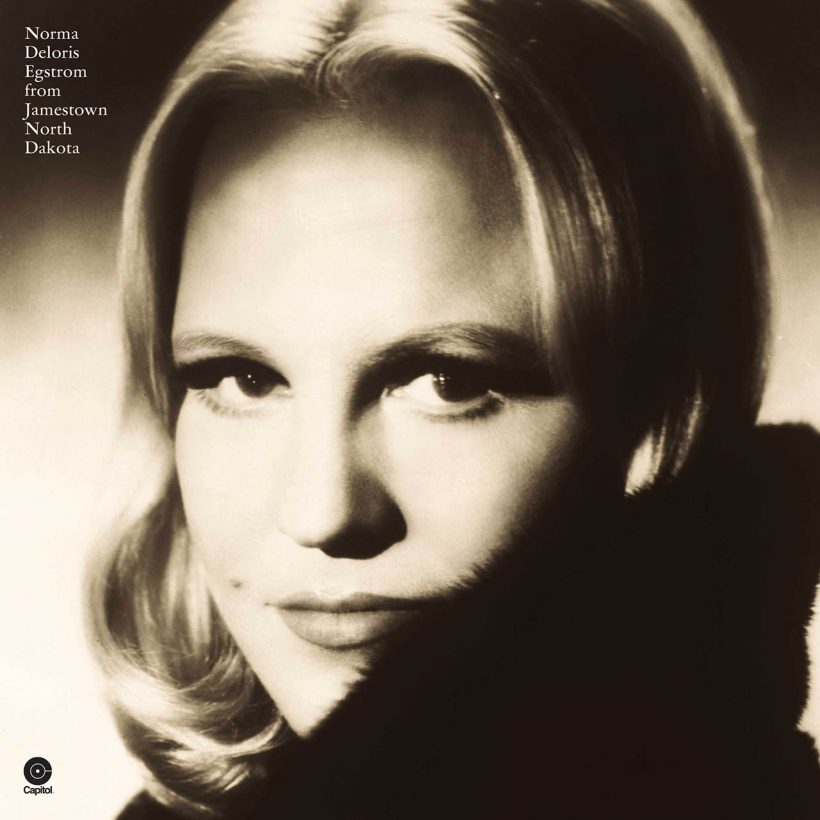
In April 1972, recording veteran Peggy Lee, then a few weeks shy of her 52nd birthday, could look back with pride on a long and successful career when she went into a Hollywood studio to record a musical milestone; her 40th album for Capitol Records, Norma Deloris Egstrom From Jamestown, North Dakota.
Order Norma Deloris Egstrom From Jamestown, North Dakota.
A railroad worker’s daughter who changed her name from Norma Egstrom in 1937, Lee saw her career initially take flight during the Second World War when she topped the US charts with “Somebody Else Is Taking My Place” as a featured vocalist with Benny Goodman’s band. That was in 1942, and two years later, she was snapped up by Capitol Records, then a rising west coast label, which transformed Lee into one of the first pop stars of the post-big band era. Despite a four-year sabbatical at Decca beginning in 1952, she returned to Capitol in 1956, where she enjoyed her biggest triumphs, including a Grammy award in 1970 for her German cabaret-style single “Is That All There Is?,” which had topped the US Adult Contemporary charts the previous year.
Although pop music had altered beyond all recognition during her time as a recording artist, Lee was versatile and savvy enough to adapt to changing tastes without alienating her core audience. Indeed, in the late 60s and early 70s, she had become partial to adding pop and rock songs into her repertoire; recording tunes like George Harrison’s “My Sweet Lord” and Kris Kristofferson’s “Help Me Make It Through The Night,” which featured on her 1971 album, Where Did They Go?
The recording
For Lee’s next project, Norma Deloris Egstrom From Jamestown, North Dakota, Capitol turned to a 39-year-old New York producer, Tom Catalano, who had made his name working alongside rising star Neil Diamond. He selected an astute blend of contemporary songs and jazz standards for the singer, which he then gave to 29-year-old Artie Butler to arrange. Having recorded with acts as diverse as The Shangri-Las, Louis Armstrong, and Joe Cocker, Butler’s resume was impressively varied, but his dream assignment was to work with Peggy Lee, a singer he had long admired; as a teenager, he had bribed a janitor at the legendary Copacabana venue to let him sneak in and watch Lee rehearse.
In what was an unusual development, Lee didn’t meet Butler prior to the session or consult with him on any of the song arrangements. “I was left alone and woodshedded it myself,” he revealed to this writer in 2017. Understandably, he began to feel apprehensive as the clock ticked down to the day of the recording session. “I couldn’t sleep the night before and went over the arrangements to see if I needed to change any notes,” he recalled.
Recording took place the next day with a three-hour session scheduled to start at 7 PM. “She walked in at the last hour, like the diva of divas,” laughed Butler. “She introduced herself and said ‘Okay, Artie, I heard about you, so show me your stuff.’” Lee went into the vocal booth, and a nervous Butler began conducting the orchestra as they ran through the first tune. “My heart was in my throat, not knowing what to expect,” Butler confessed. “It was like I was auditioning.” After they finished the song, there followed a long, almost excruciating, pause before Lee spoke. Then she looked at her arranger, smiled, and said: “Artie Butler, where have you been all my life?”
The album
The resulting album was daring in the way it focused mainly on contemporary songs. It began with a widescreen version of British folk troubadour Lesley Duncan’s “Love Song” (a track Elton John covered on his 1970 LP Tumbleweed Connection) and also featured Lee’s haunting renditions of two Leon Russell ballads: “Superstar,” a 1971 hit for brother and sister duo Carpenters, and “A Song For You,” the latter immortalized by the US soul singer Donny Hathaway the same year.
The album also found Lee navigating her way through brassy pop-soul (“When I Found You”), jazz-inflected blues (“Razor,” whose arrangement recalled the sultry vibe of Lee’s signature song “Fever”), and she also put a different slant on a country music ballad (“Someone Who Cares,” a minor 1971 US hit for Kenny Rogers & The First Edition). The most powerful of all the newer songs was “It Takes Too Long To Live Alone,” a desolate but beautiful storytelling ballad.
Catalano and Butler were acutely conscious that for Lee to sing modern songs convincingly, they had to find material and arrangements that could be adapted to her style. “We couldn’t make her sound like she was Janis Joplin and have her sing songs that were ridiculous,” stated Butler. “It had to be believable and in her comfort zone.”
While Lee’s versions of contemporary songs sounded natural and uncontrived, she shone brightest on the older material, which included the sultry “Just For A Thrill,” the wistful “The More I See You” – given a modern, guitar-oriented makeover – and the lush, heart-tugging finale “I’ll Be Seeing You,” a poignant song of farewell where the singer’s warm tones are framed by soft strings and Butler’s glistening piano.
The release and the album’s legacy
In a bid to stoke publicity, Catalano toyed with the idea of giving the album the attention-grabbing title Superbitch, referencing Lee’s purported diva-like ways, but the idea was instantly vetoed by the singer. Instead, they agreed on Norma Deloris Egstrom From Jamestown, North Dakota; an autobiographical title that was not only a reminder of who Peggy Lee really was but also acknowledged how far she’d traveled from her humble origins.
The 50th Anniversary edition of Norma Deloris Egstrom From Jamestown, North Dakota is expanded with seven bonus cuts: besides five alternate takes, Lee fans will find the non-album single, “Pieces Of Dreams,” recorded in 1970 as the title song to the movie of the same name starring Robert Forster and Lauren Hutton. Best of all is the moving studio outtake “It Changes,” a bittersweet ballad written by the Sherman brothers for the 1972 Peanuts movie, Snoopy Come Home.
Although “Love Song” made No. 34 in the US Adult Contemporary singles chart – it was Lee’s penultimate chart entry – Norma Deloris Egstrom From Jamestown, North Dakota was largely ignored at the time of its release. Over the years, though, it has grown in stature. It revealed, with its bold choice of material, that Peggy Lee was unafraid of taking creative risks, which is the hallmark of every great artist.





